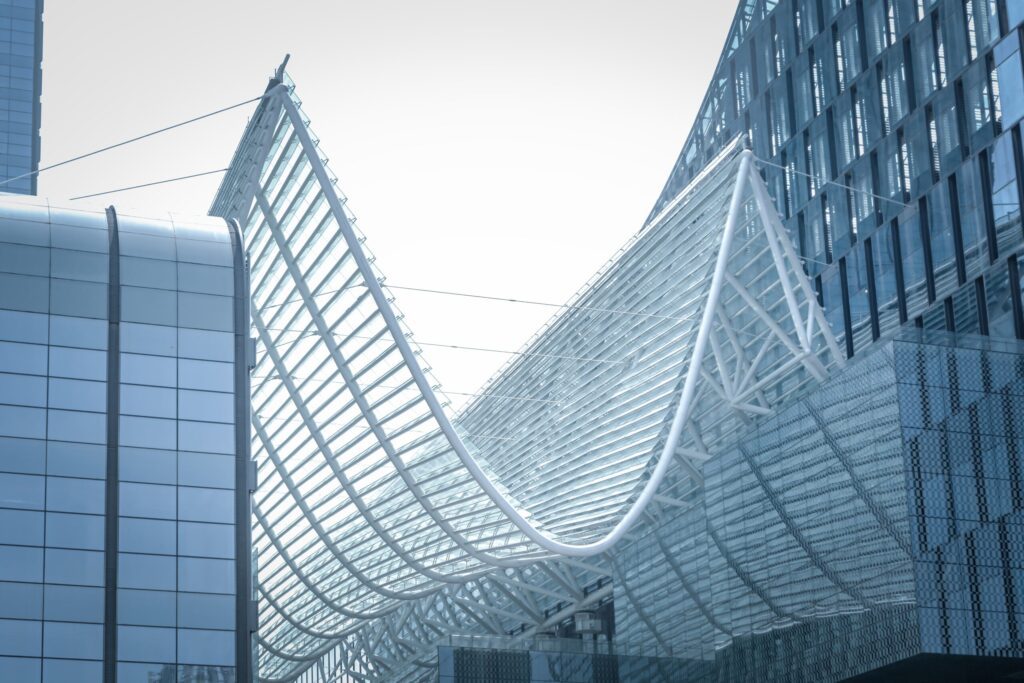Have you ever wondered upon the process through which architects and designers bring their creative ideas to life in the form of physical structures? The solution lies in the utilization of 3D rendering technology. The world of architecture and design has been revolutionized by this innovation, equipping professionals with fresh resources to conceive, envision, and exhibit their concepts to the clients. The revolutionary impact of 3D rendering on the architectural industry will be the focus of this article.
Introduction
The creation of a 2D image or animation from a 3D model is known as 3D rendering. The process entails utilizing software to produce lifelike visuals that mimic the tangible characteristics of entities, including their texture, hue, and illumination. In recent years, the field of architecture and design has greatly benefited from the rapid advancements in technology. It has now become an indispensable tool for professionals in these industries to effectively bring their creative visions to fruition.
How 3D Rendering is Revolutionizing the Architectural Industry
The architectural industry has been transformed by 3D rendering technology. Here are some of the ways 3D rendering is revolutionizing the industry:
1. Design Conceptualization
Thanks to 3D rendering technology, architects and designers can now more easily visualize their ideas. With the ability to swiftly generate 3D models, one can easily test out various materials, textures, and lighting options while making real-time adjustments to their designs. Through this, they have been able to generate a plethora of imaginative and inventive designs.
2. Collaboration can be enhanced through various means.
The significance of collaboration in architecture cannot be overstated. Thanks to 3D rendering technology, architects can now easily work together with other project stakeholders. By utilizing 3D models, architects can effortlessly distribute their designs among contractors, engineers, and other stakeholders, facilitating a seamless collaboration.

3. Improvement in marketing efforts.
The utilization of 3D rendering technology has revolutionized the marketing strategies of architects and designers. Photorealistic renders and animations can be created to showcase the designs, aiding clients in envisioning the final product. The outcome has led to a surge in attention and improved rates of conversion.
4. Customization
Customization can be a valuable aspect of any project or product. It allows for a unique and personalized experience for the user.
Customized designs can now be easily created by architects and designers, thanks to the advancements in 3D rendering technology. The design can be effortlessly customized to cater to the client’s particular needs, culminating in an improved final outcome.
Conclusion
The architectural industry has been revolutionized by the advent of 3D rendering technology. The way architects and designers create, visualize, and present their ideas to clients has been transformed. By utilizing 3D rendering, the design can be presented to clients in a manner that is both realistic and immersive. This approach allows for more informed decisions to be made, ultimately leading to superior end products. The advantages of utilizing 3D rendering technology are plentiful, making it a crucial instrument for individuals operating within the architectural and design sectors.
FAQs
1. What is the difference between 3D rendering and 3D modeling?
The creation of a digital representation of an object or space in three dimensions is known as 3D modeling, whereas the generation of a two-dimensional image or animation from a 3D model is referred to as 3D rendering. The initial phase in the 3D rendering procedure involves 3D modeling.
2. What software is used for 3D rendering?
Autodesk 3ds Max, Blender, V-Ray, SketchUp, and Lumion are among the software options that can be utilized for 3D rendering. The unique attributes, benefits, and drawbacks of software are inherent to each individual program.
3. How long does it take to create a 3D render?
The duration required to produce a 3D render is contingent upon the intricacy of the blueprint, the extent of precision demanded, and the software employed. In the art of design, basic concepts can be swiftly brought to life within minutes, whereas intricate designs may demand several hours or even days of meticulous attention.
4. Can 3D rendering be used for interior design?
Interior design can indeed utilize 3D rendering technology. Designers are able to produce lifelike representations of their designs, test out various color combinations and textures, and implement modifications instantly.
5. How much is the cost?
The pricing of 3D rendering is determined by several factors, such as the intricacy of the blueprint, the extent of precision needed, and the type of software employed. Designs of varying complexity can be created at different price points, with simpler designs typically costing a few hundred dollars and more intricate designs commanding prices in the thousands.


